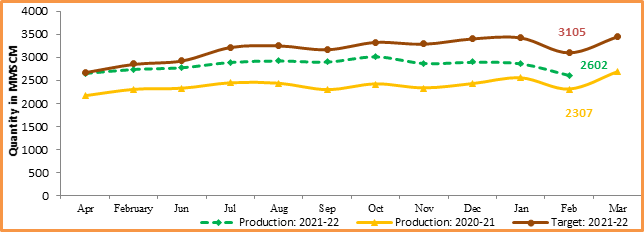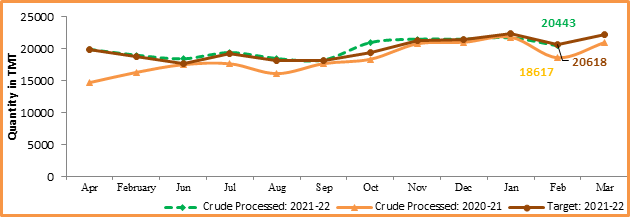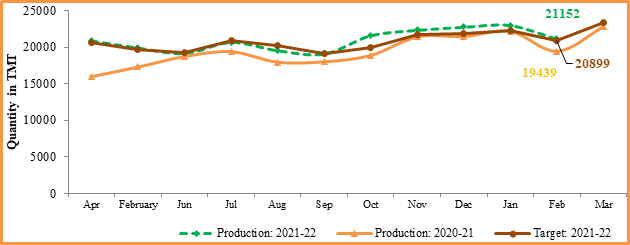Safety Norms under PMUY
LPG distributors instructed by OMCs to release LPG connections after satisfying and meeting all the safety norms for installation
The Minister of State for Petroleum and Natural Gas, Shri Rameswar Teli in a written reply to a question in the Lok Sabha today informed that the LPG distributors have been instructed by Public Sector Oil Marketing Companies (OMCs) to release LPG connections after satisfying and meeting all the safety norms for installation of LPG connections. Provisions, norms and steps taken to ensure safe usage of LPG, inter-alia, include:
(i) Grant of approval of manufacturing units of LPG cylinders, valves and LPG regulators and design of these equipments, licensing of storage premises, cylinder testing and filling etc. is regulated under Gas cylinder rules 2016.
(ii) Safe usage of LPG cylinders by Domestic LPG consumers, including PMUY beneficiaries are governed under Liquefied Petroleum Gas (Regulation of Supply and Distribution) Order 2000.
(iii) LPG cylinders are periodically tested for safety as per norms of the Chief Controller of Explosives, Petroleum & Explosive Safety Organisation(PESO).
(iv) Supply of a laminated safety card with pictorial depictions of do’s and don’ts related to LPG connection to every PMUY beneficiary at the time of releasing LPG connections. Installation of LPG connection at premises of the customer by a trained mechanic.
(v) Organisation of Safety clinics by distributor to spread awareness about safety aspects of LPG. Establishment of helpline number (1906) for immediate action in case of any emergency related to LPG leakage complaints.
(vi) Organisation of mass awareness programmes on safe usage of LPG through audio-video/print media, banners/hoardings, leaflets, pamphlets, etc.
(vii) Organisation of Pradhan Mantri LPG Panchayats in villages to spread awareness about safe and sustained usage of LPG amongst PMUY beneficiaries.



